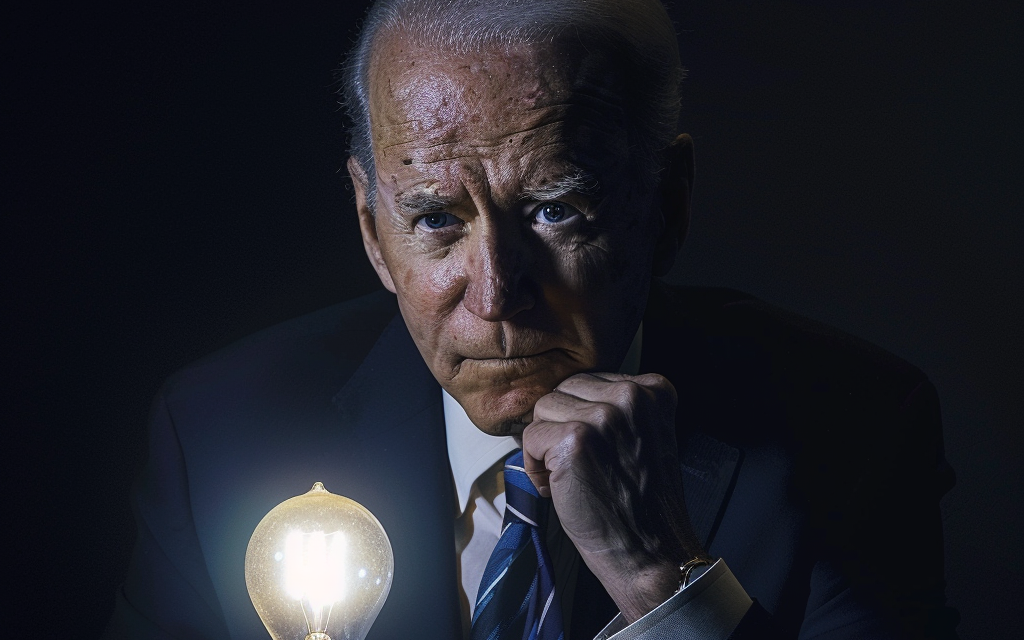In an astonishing display of diplomatic colorblindness, President Joe Biden has managed to completely overlook his administration’s previously declared “red line” regarding Israel’s military actions in Rafah. Despite the U.S. government’s earlier stance that any further aggression in Rafah would be a dealbreaker, Biden seems to have found a new hue to justify resuming arms sales to Israel.
Sources inside the White House reveal that the President has been busy updating his foreign policy crayon box, replacing the stark “red line” with a more ambiguous “rosy hue.” This shift in shading apparently allows for a more flexible interpretation of what constitutes a breach of international norms. The invasion of Rafah, once a glaring infraction, is now merely a pastel problem.
When questioned about the abrupt policy U-turn, a senior administration official, speaking on condition of anonymity, said, “President Biden takes color theory very seriously. He’s always been more of an impressionist than a realist. To him, ‘red’ is just a state of mind.”
Critics argue that the administration’s new stance is less about artistic expression and more about political convenience. By redefining what counts as a red line, the U.S. can continue its lucrative arms sales to Israel while appearing to maintain a moral high ground. The freshly completed pier for delivering aid to Gaza is being touted as evidence of America’s balanced approach, though it seems to be more of a fig leaf than a genuine gesture of humanitarian concern.
“This administration is so committed to its dual strategy of ‘guns for one, aid for the other’ that it’s practically a masterpiece of modern hypocrisy,” said one pundit. “We’ve always known politicians could be two-faced, but Biden’s approach to Israel and Gaza shows he’s also two-toned.”
In a recent press conference, Press Secretary Karine Jean-Pierre was asked how the U.S. could reconcile its resumed arms sales with its humanitarian efforts in Gaza. She replied, “The President believes in the power of art to transform reality. By blurring the lines, we’re creating a more nuanced picture of peace and conflict. It’s like a Monet painting: from a distance, it looks coherent, but up close, it’s just a lot of messy brushstrokes.”
As the Biden administration continues to navigate the complex canvas of Middle East politics, one thing is clear: the colors of their policies are subject to change without notice. For those keeping track at home, it might be wise to invest in a new set of colored pencils.
In the meantime, as arms shipments to Israel ramp up and the aid pier in Gaza opens, observers are left to wonder: is this a bold new strategy or just a case of diplomatic colorblindness? Only time will tell if Biden’s palette can paint a picture of peace or if it will merely blend into the background of geopolitical gray areas.

